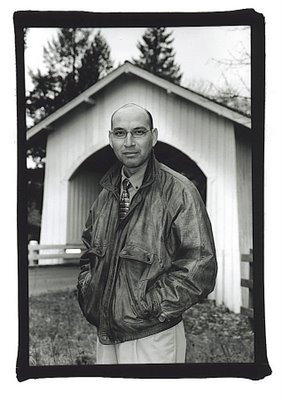Panning

The difference in "seeing" between the eye and the lens should make it obvious that a photographer who merely points his camera at an appealing subject and expects to get an appealing picture in return may be headed for a disappointment.
- Andreas Feininger
Ask anyone who owns a camera and they'll probably tell you photography is all about capturing, freezing, or isolating moments. But often simply "stopping" an instant is not the most effective way to portray it. One alternative requires some experimentation and practice, but once mastered, this compositional element can produce some amazing results.
If you're photographing a moving subject and wish to accentuate or focus on its motion and speed, or you're trapped in a low-light situation where using fast shutter speeds aren't an option, the technique to apply is Panning. The basic idea behind this approach is to track your camera along in time with a moving subject resulting in an image with a sharp(or relatively sharp)main subject but a blurred background. Panning seems to work best with subjects moving along a relatively straight trajectory allowing you to predict where they'll be moving to. Also keep in mind these considerations:
- Depending upon the light and speed of your subject, shutter speed selection will range from 1/60th to 1/8th of a second. 1/30th seems to be a good starting point, but don't be afraid to experiment with faster/slower speeds.
- Position yourself in a place free from obstructions and consider the background of your shot, avoiding distracting colors, elements, or shapes.
- Remain parallel to the path of your subject and track it smoothly as it approaches. Once you've released the shutter, continue to track or follow through with the motion of the subject even after the shot is complete--this will ensure the motion blur is smooth from start to finish.
Another variation to use while panning is incorporating a flash(with a subject in close proximity)as it will further freeze the main subject while imparting the background motion you're after. In this example image, I was assigned to cover a timed shopping event where contestants raced to complete their grocery lists with the hope of winning a free shopping spree. Panning was the perfect device to stress the frenetic pace of the shoppers, and utilizing direct fill flash and a 1/15th shutter speed offered the recipe for success.
It commands patience and practice, and can be equally frustrating and fun, but once it's conquered, Panning is a powerful photographic technique.


0 Comments:
Post a Comment
<< Home